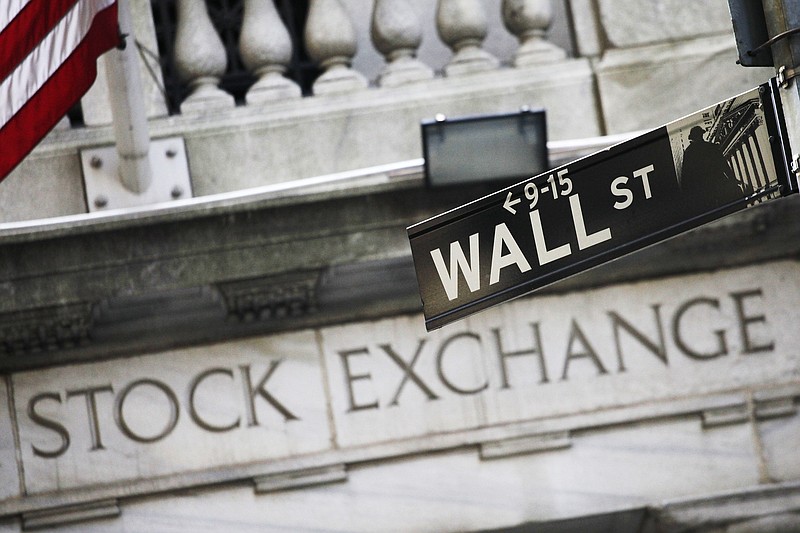Five weeks ahead of another Presidential election, investors are pondering the impact of the potential victor on their portfolios. It is often presumed that the election of a Republican president generally is more favorable for stock market returns. In fact, over the past 90 or so years, US equity returns under Democratic presidents have outpaced gains under Republicans by a wide margin. Academic researchers have dubbed this anomaly the "Presidential Puzzle" and offered a plausible explanation involving economic cycles and voter preferences.
As early as 1985, researchers identified a statistically significant differential in performance under administrations of respective parties. A seminal study in 2003 (Santa-Clara and Valkanov) and a recent paper from 2019 (Pastor and Veronesi) confirmed the results with more current data. The "excess return" from the market, defined as the stock market return minus the return on US Treasury Bills, is observed during each Presidential term. Going back to 1927, the number of Republican and Democratic terms has been roughly equal, but stock market returns have shown considerable disparity. From 1927 (Calvin Coolidge) to 2015 (Barack Obama), the average excess return under Democratic presidents exceeded that under Republicans by nearly 11% per year. Republican administrations have presided over an average annual decline of 0.2%, while Democratic administrations enjoyed an average gain of 10.7% per year.
As the historical record varies from the popular conception, academics have been compelled to identify possible reasons. The most convincing and best-accepted explanation has to do with the timing of recessions and the behavior of voters in response to the perception of risk.
Investors' risk tolerance is known to vary over time in response to current and expected economic conditions. In particular, during periods of recession or depression, risk aversion is high due to the significant uncertainty regarding income, employment, and social welfare. One is hesitant to take chances if one's job is in jeopardy. During periods of elevated risk aversion, voters have tended to replace the party in power with a candidate from the other party. The 2 most significant instances, 1932 during the Great Depression and 2008 during the financial crisis, resulted in voters electing Democratic presidents to replace Republicans (Franklin Roosevelt for Herbert Hoover and Barack Obama for George W. Bush). Similarly, several other less dire recessions resulted in the same outcome. The obvious consequence is that Democratic presidents presided over most of the significant economic recoveries since 1927. This is a historical observation and makes no assumptions regarding policy preferences or executive effectiveness.
We noted earlier that investor risk aversion is heightened during depressions and recessions since the environment is uncertain. The investment implication is that elevated risk aversion shows up in an increased "equity risk premium". This is a measure of the additional profit demanded by investors for them to be willing to buy stocks. Higher risk requires a higher return potential to justify the risk. Therefore, equity returns are higher when risk premiums are higher. Again, this has tended to be during periods of recession, which also have tended to result in the inauguration of Democratic presidents. Equity risk premiums and therefore future stock market profits have been markedly higher during periods of recovery under Democratic presidential administrations.
Again, this observation is agnostic regarding policy preferences including taxation and government spending. Other researchers have incorporated voter expectations regarding policy differences to explain some of the differential, particularly why voters have tended to prefer Democrats during recessions. And importantly, it should be noted that a significant contributor is the fact that the 2 greatest economic calamities included in the record involved the handoff from Republican to Democrat, skewing the data. The policy decisions leading to those depressions are fodder for another column.
The model of voter risk aversion and recessions is compelling. The timing of economic downturns and party shifts helps explain the observed differences. It also illustrates that many of the old saws about the market just ain't necessarily so.
Christopher A. Hopkins, CFA, is a vice president and portfolio manager for Barnett & Co. in Chattanooga.

